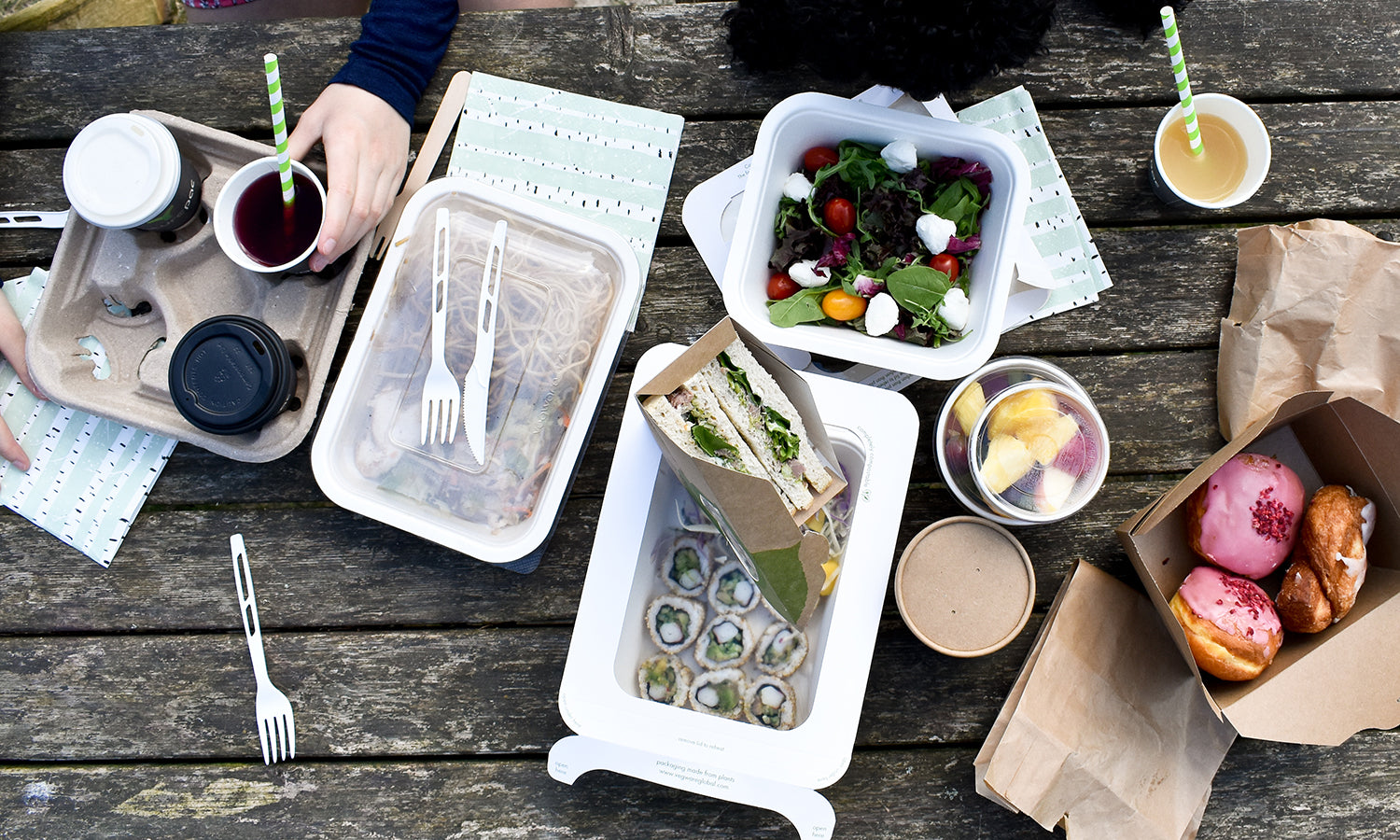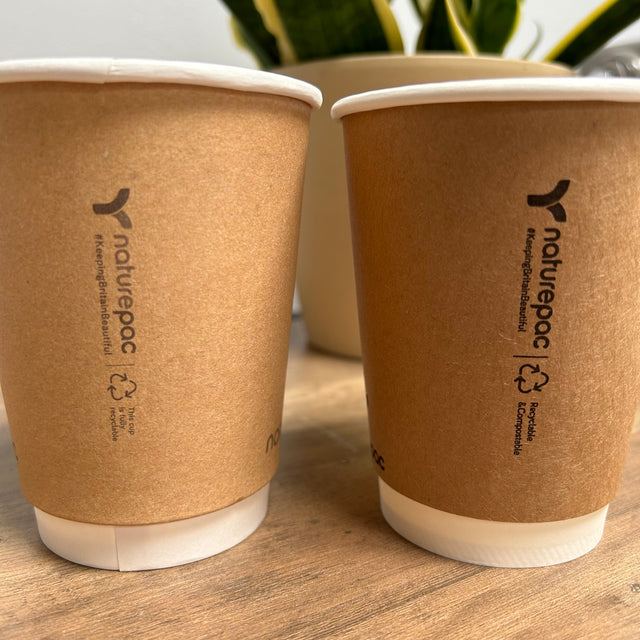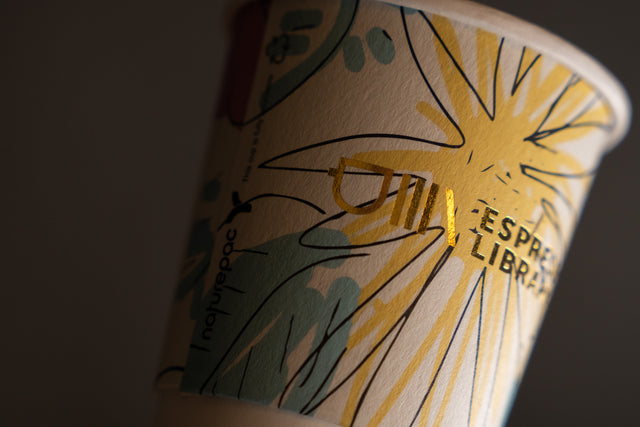
Recyclable, Compostable, and Degradable Packaging: What's the Difference?
In today's eco-conscious world, it's crucial to understand the distinctions between recyclable, compostable, and degradable packaging. As businesses and consumers alike strive to reduce their environmental impact, selecting the right kind of packaging can play a significant role in achieving sustainability goals. In this blog post, we'll explore the differences between these three types of packaging, how they're processed, and their environmental benefits.
Recyclable Packaging
Recyclable packaging is designed to be reprocessed and transformed into new products. This packaging can be collected, separated, and reprocessed multiple times, reducing waste and conserving resources.
Key Points:
- Materials commonly used for recyclable packaging include paper, cardboard, glass, aluminum, and certain types of plastic (e.g., rPET).
- Recycling reduces landfill waste and conserves raw materials.
- Always check local recycling guidelines, as not all recyclable materials are accepted everywhere.
Compostable Packaging
Compostable packaging is made from organic materials, like plant-based polymers, that can break down in a composting environment. When composted, these materials are converted into nutrient-rich humus that can be used to enrich soil.
Key Points:
- Compostable packaging typically breaks down within 90-180 days in an industrial composting facility. Only a very small number of packaging items are Home Compostable and will be clearly marked as so.
- Popular compostable materials include PLA (polylactic acid), PHA (polyhydroxyalkanoate), and cellulose-based materials.
- Look for certified compostable packaging that meets ASTM D6400 or EN 13432 standards.
Degradable Packaging
Degradable packaging is designed to break down into smaller pieces over time through natural processes like oxidation, hydrolysis, or exposure to light. However, unlike compostable materials, degradable packaging may not completely disappear, leaving behind microplastics or other harmful residues.
Key Points:
- Degradable packaging includes oxo-degradable and photodegradable plastics.
- These materials may not be suitable for recycling or composting facilities, as they can contaminate waste streams.
- Degradable packaging is not an ideal solution for long-term environmental sustainability.
Choosing the Right Packaging for a Sustainable Future
Understanding the differences between recyclable, compostable, and degradable packaging is essential for making informed decisions as a consumer or business owner. By opting for recyclable and certified compostable packaging, you can contribute to a circular economy and minimize environmental impact. While degradable packaging may seem eco-friendly, it's essential to research its potential impact on the environment before choosing it as a sustainable solution. At NaturePac we do not recommend degradable materials.
Conclusion
Recyclable, compostable, and degradable packaging each serve different purposes in the pursuit of sustainability. By learning about these options and making informed choices, we can collectively work towards a greener future. Always remember to reduce, reuse, and recycle wherever possible, and consider the lifecycle of your packaging choices.



